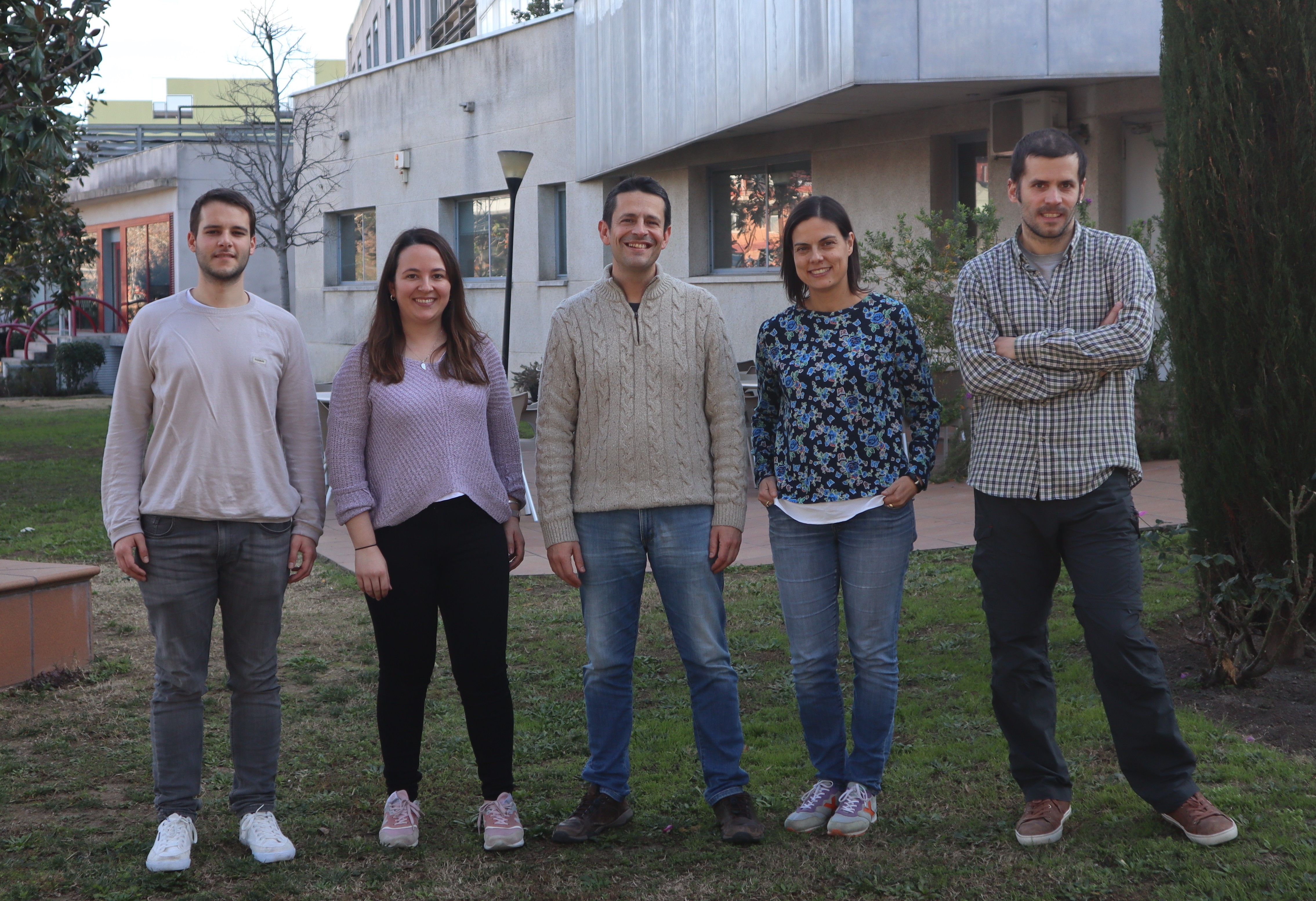Anna Laromaine: "We go into the NEXTGEM project without a preconceived or biased idea of electromagnetic fields"
- Details
- Category: Projects
-
02 Apr 2024
Anna Laromaine is a researcher in the Nanoparticles and Nanocomposites group at the Institute of Materials Science of Barcelona (ICMAB-CSIC). This group is currently part of NEXTGEM, a European project that involves twenty organizations from ten countries and aims to understand the impact of electromagnetic fields on the 5G frequency.

First of all, what is 5G?
5G stands for "fifth generation of mobile telephony". The transition from 4G to 5G is a technological advancement in data transmission. Basically, we can transmit much more information much faster than before. From 3G to 4G, for example, we were able to start watching streaming broadcasts on our smartphones or browsing the internet much faster. Now, new mobile phones are being adapted and have built-in technology to be able to interact with this new fifth generation, but there is also talk of more uses, such as autonomous cars, advancements towards so-called smart cities, improving the functioning of cloud technology...
Why is it important to study the impact of electromagnetic fields at this particular frequency?
These developments are vital for the future of European telecommunications, but there has been a considerable controversy against this technology, with a portion of the population perceiving this fifth generation as a health hazard. It is important to clarify that regulations and standards are already in place in the EU to prevent adverse effects, but it is important to constantly update the knowledge on which these control measures are designed, and this is what we do at NEXTGEM: provide knowledge for an evidence-based risk assessment.
How do you study it?
There are different groups working on this project. Some groups study the impact of electromagnetic fields on cells, others on proteins ... and others on humans. At ICMAB, we are studying it with C. elegans, which are one-millimetre-long worms. Doing it with these organisms is interesting because it speeds up the research process. C.elegans live for about three weeks, which allows us to see how exposure to electromagnetic fields affects them throughout their life: when they are young and then when they are older. Investigate this in humans, although there are also groups doing so, involves longer research. Since elegans have a short lifespan, we can expose them to electromagnetic fields when they are the same age and see if this has an impact on their health, such as their life cycle or mobility.
How do you expose them to electromagnetic fields? Do you bring them close to 5G devices?
No, we use 5G generators, that are characterised and allowing us to know what dosimetry they have and what fields reach the C. elegans. In this way we have it under control so that we can make comparisons with other experiments and biological systems. In addition, we use different controls to be able to provide conclusions in a scientific, reasoned and objective way. In this case, we do it in collaboration with the Bioelectromagnetics group of the IREA, in Naples.
Will this allow us to know whether electromagnetic fields in the 5G range are really harmful?
We study the impact of electromagnetic fields from a neutral starting point. We evaluate whether exposure has any effect on C.elegans or not, we have not designed the experiments to test if they are harmful, but we go in without having a preconceived or biased idea of electromagnetic fields.
What is the current status of the project? Do you have any prominent results yet?
The project started in July 2022. So far, we have done preparatory experiments, but we still have many more experiments to go before we reach the conclusions stage.
What will the results of this project be useful for?
This project aims to create documents to provide governments and institutions reliable information or evidence that can be used as a basis for future regulations. Everything that has to do with the electromagnetic spectrum – such as Wi-Fi, television, radio, mobile phones - is regulated and compartmentalised. If a company wants to use, for example, a radio frequency, it has to ask for permission, it cannot do so freely to offer a service. Through NEXTGEM, new knowledge will be acquired to apply it to future security regulations, if necessary.
Mireia Ayats / Communication CSIC Cataluña




